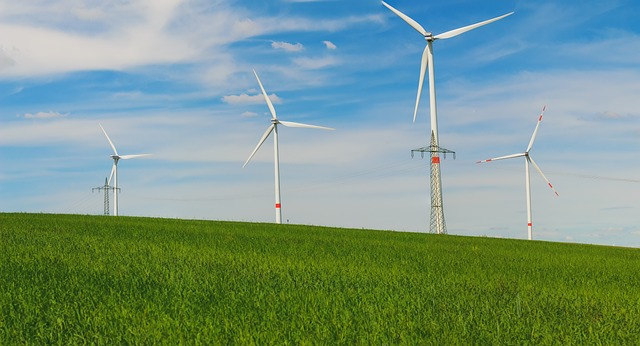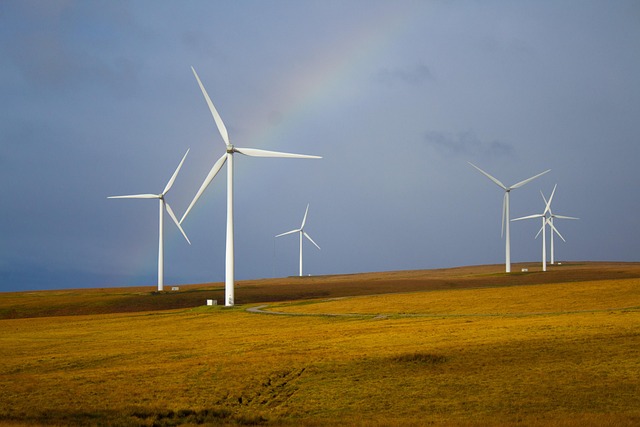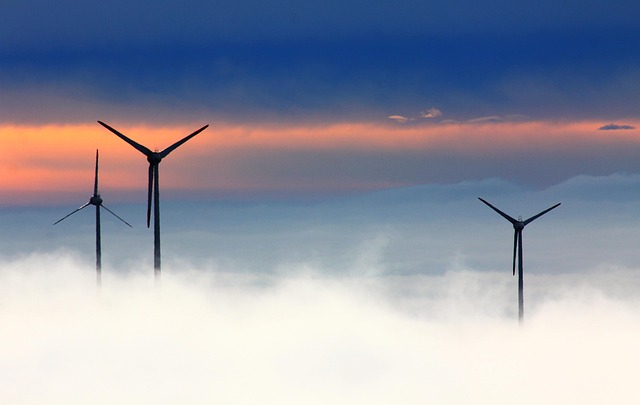Powering Communities with Wind: Local Benefits and Opportunities
The growing urgency to address climate change and reduce reliance on fossil fuels has amplified the conversation around renewable energy sources, with wind power emerging as a leading contender. As communities increasingly discover the profound impact of wind energy, it becomes evident that harnessing this renewable resource offers not only environmental benefits but also significant local advantages. This article delves into how wind power can empower communities, fostering economic development, increasing energy independence, and creating opportunities for sustainable growth.
The Role of Wind Energy in Combating Climate Change
Wind energy is one of the cleanest forms of electricity generation available today. Unlike fossil fuels, wind energy produces no greenhouse gas emissions during operation, significantly reducing the carbon footprint of energy production. The adoption of wind turbines in communities plays a critical role in mitigating climate change, helping to lessen the catastrophic impacts associated with global warming.
As communities shift towards wind energy, they contribute to national and international efforts aimed at reducing overall carbon emissions. This not only aids in fulfilling commitments made under various climate agreements, such as the Paris Accord, but also fosters a culture of sustainability that can inspire future generations.
Economic Development and Job Creation
The wind energy sector is a rapidly growing industry that has the potential to stimulate local economies significantly. The construction, operation, and maintenance of wind farms create numerous job opportunities, ranging from skilled trades to administrative roles.
During the development phase of wind projects, communities often experience a temporary influx of jobs associated with construction, including engineers, laborers, and tradespeople. Once the wind farm becomes operational, it requires ongoing maintenance, leading to permanent jobs for technicians, managers, and support staff.
Moreover, local businesses also benefit from the increased demand for supplies and services needed for wind energy projects. This can lead to new partnerships and opportunities that invigorate the local economy, create additional jobs, and promote entrepreneurship.
Stable and Localized Energy Sources
Wind energy allows communities to generate their own electricity, reducing dependence on imported fuels and enhancing energy security. This localized production can lead to lower energy costs and grid stability, especially in rural or remote areas where traditional energy sources may be more expensive or less reliable.
Furthermore, by investing in wind energy, communities can protect themselves from the volatility of fossil fuel markets. Fossil fuels are often subject to price swings driven by global demand, geopolitical tensions, and regulatory changes. In contrast, wind energy costs are predictable and continue to decline as technology improves. This enables communities to better predict their energy expenses and budget accordingly.
Community Involvement and Ownership
Wind energy projects often encourage local involvement, allowing communities to take ownership of their energy sources. Many successful projects have adopted cooperative models, where residents and local businesses invest in and co-own wind farms, sharing the economic benefits derived from their production.
Community ownership fosters a sense of pride and accountability among residents. When local people see their contributions translating into tangible benefits for their area, it enhances support for renewable energy initiatives. Engagement in decision-making processes and the ability to vote on energy plans can strengthen community ties and lead to more inclusive and participatory governance.
Environmental Benefits and Conservation
Beyond combatting climate change, wind energy presents additional environmental advantages. Wind farms can coexist with agriculture, allowing farmers to benefit from dual land use. Crops can be cultivated beneath turbine arrays, providing farmers with additional income sources while still harnessing wind resources for energy generation.
Additionally, the land utilized for wind energy projects often includes low-impact development that helps preserve wildlife habitats. Sensitive planning and development can ensure minimal disruption to local ecosystems. In comparison to fossil fuel extraction, which can lead to habitat destruction and pollution, wind power is a more sustainable choice.
Challenges and Considerations
While the advantages of wind energy are significant, it is essential to acknowledge the challenges that communities may face in adopting this technology. Concerns about noise, visual impacts, and potential harm to wildlife can arise, necessitating transparent communication and thorough planning.
Communities must engage in thoughtful discussions to address these concerns, offer education and resources, and actively involve stakeholders in the decision-making process. A well-informed community that understands the benefits and can evaluate the drawbacks is better positioned to make decisions regarding wind energy projects.
Advocating for Policy Support
Government policies play a crucial role in fostering the growth of wind energy at the community level. Incentives such as tax credits, grants, and subsidies can alleviate initial investment costs, making it more feasible for local projects to launch. State and national policies can support community-based wind initiatives, helping to establish frameworks that encourage local engagement and investment.
Advocacy for favorable regulations and policies is essential for communities to reap the benefits of wind energy fully. Local governments can partner with nonprofit organizations and industry groups to promote supportive legislation and educate residents about the importance of their voices in energy planning.
Looking Toward the Future
The future of wind energy is bright. As technology advances, wind turbines are becoming more efficient and cost-effective, enabling even more communities to harness this renewable resource. Innovations in energy storage and grid management will further enhance the viability of wind energy as a reliable power source.
Communities that invest in wind energy today will not only enjoy the immediate benefits of job creation, economic development, and environmental preservation, but they will also position themselves as leaders in the transition to a sustainable energy future. By embracing wind power, communities are taking significant steps toward achieving energy independence and resilience while addressing the pressing challenges of climate change.
Conclusion
In conclusion, wind energy stands as a beacon of opportunity for local communities, promising economic and environmental benefits that can reshape their future. By investing in this renewable resource, communities have the potential to create jobs, strengthen local economies, and cultivate sustainable practices that benefit both residents and the planet.
The transition to wind energy may come with challenges, but through community involvement, effective planning, and policy support, these hurdles can be overcome. Ultimately, the development of wind power represents not just a transition in energy production but a transformative journey toward a more sustainable and resilient community.



